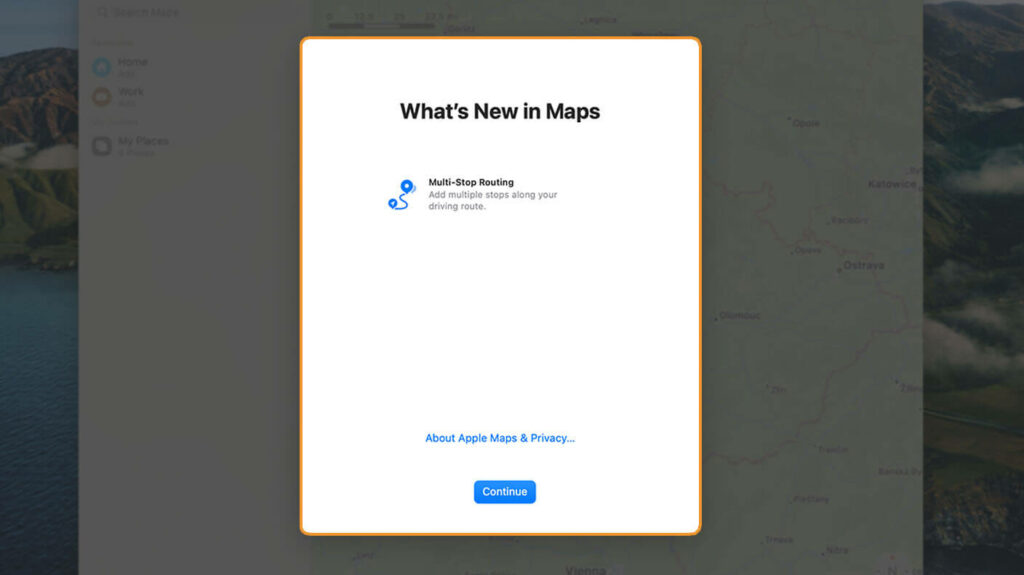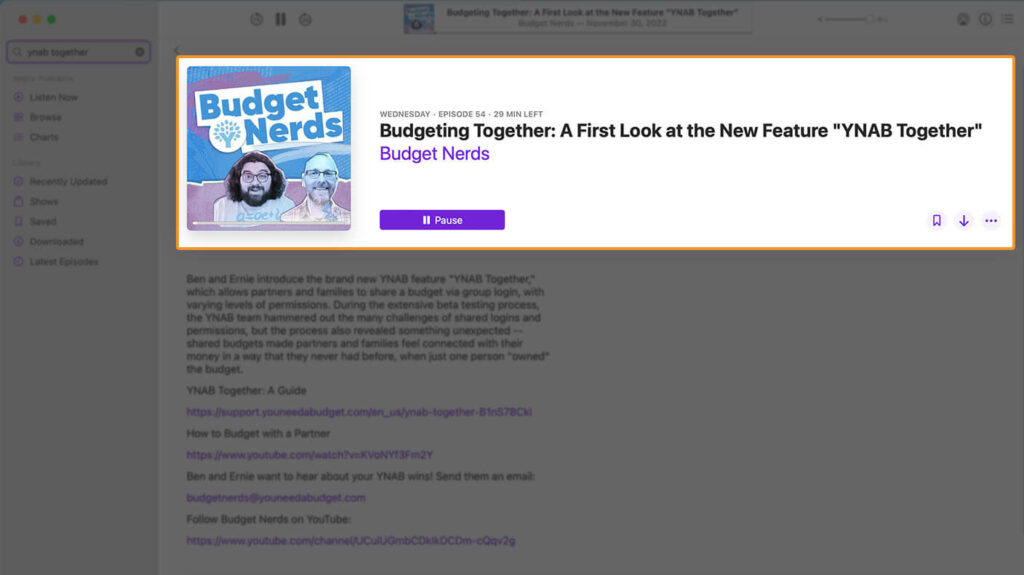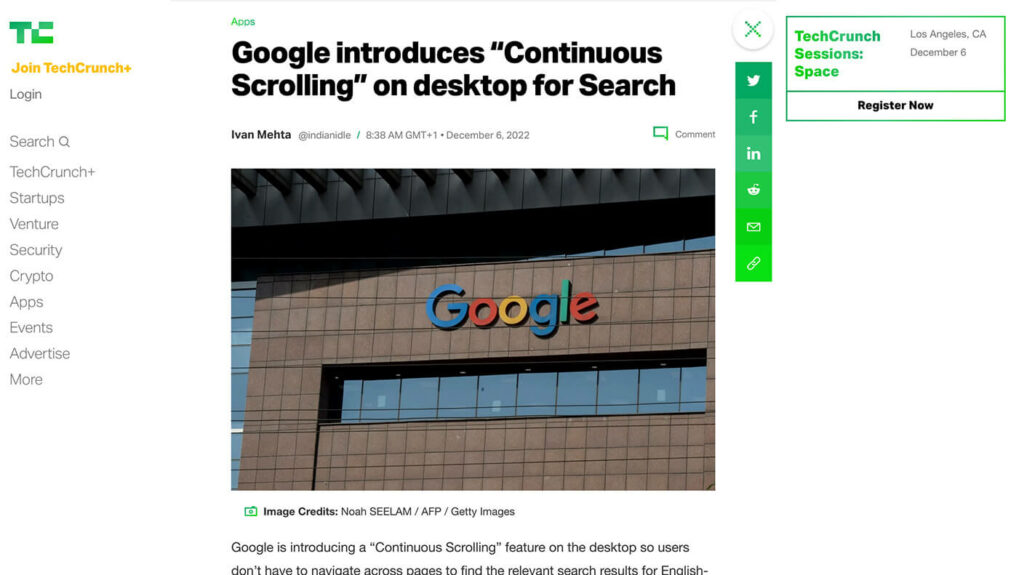A feature release is a marketable event. Not only does it improve your product, but it can also serve as a powerful sales tool if done right.
In this post, you’ll learn seven different ways to announce a feature release to users of your SaaS.
We researched how leading SaaS companies like Figma and Slack announce new features and compiled our findings in this list. Use these examples to inspire your next release and drive feature adoption.
Let’s dive in.
Table of contents
7 ways to announce a feature release
1. Use design cues to communicate new features
Sometimes, all your users need to discover a new feature is a small hint in the user interface. Like a colourful “Export” button atop your analytics dashboard. Or a “New” icon beside a menu item, like in the screenshot below.

It’s subtle, yet visible. It informs your users without interrupting their workflow. It doesn’t cause friction, but it does create a bit of tension—just enough to tease the users’ interest.
It lets your users know there’s something new in their dashboard but doesn’t force them to look at it now. It gives them the freedom to explore it on their own time if they’re interested—and the freedom to ignore it altogether if they’re not interested.
Unlike pop-ups or emails, design cues stay up in the user interface as long as you leave them there. That repeated exposure makes it more likely users will remember and try the feature in the long run.
2. Send out an email
A common way companies release features is through email. Email lets you reach your customers without interrupting their workflow—unlike an in-app notification or popup.

If you have a newsletter, it could be an effective way to convert people on your email list who aren’t customers yet.
Email campaigns are easy to track. Metrics like open and click-through rates are good indicators of how receptive and excited users are about a particular feature.
If you can, create separate email campaigns tailored to individual audience segments. For example, an email targeted at your active customers and another at churned customers (the new feature might encourage them to come back).
If you’re releasing a minor feature, you might not need to dedicate an entire email to it. Instead, you could merely mention it in your usual newsletter, along with other content.
Another way we’ve found email effective is to notify the few users that have requested or contributed to the feature—for example, those that have commented or upvoted the feature request on your feedback board.
This highly targeted audience will be receptive to the announcement and more inclined to share constructive feedback. This gives you the chance to polish the feature before announcing it to the rest of your users.
Looking for a simpler way to manage feedback? Try Feature Upvote.
We make easy-to-use feedback boards that let your customers submit and upvote feature requests – all in one place.
3. Start the conversation on social media
Whether LinkedIn, Twitter, or Instagram, social media platforms offer an easy way to showcase a new feature to current, past, and prospective customers.

Getting the word out about your feature release on social media platforms not only helps to increase the adoption of the feature but also can start a conversation around it.
People tend to share their opinions freely on social media. In a matter of days or even hours, you can start receiving feedback on the feature: what people like about it and what they don’t – giving you the chance to iterate and tackle problems early on.
Be aware that for a B2B app with a small customer base, you might not actually get a conversation started. Don’t be discouraged; social media is still a useful channel for product announcements. The overwhelming majority of your customers who read your news won’t feel compelled to comment.

4. Write a blog post
Blog posts are often used to announce new features. In fact, that’s a method we’ve been using at Feature Upvote for years. Here’s a simple feature release announcement we published in 2022.
And here’s one published by Basecamp:

Blog posts live on your site and can be seen by both customers and non-customers.
They’re easy to share on social media platforms. But unlike social media posts, you can format them any way you want. If you want to write a 2,000-word article that includes multiple screenshots, a demo video, and a sign-up form, you can.
An added benefit of blog posts is that users can find them in search engines. When someone Googles: “Does [your product] integrate with Jira?”, they’ll come across your blog post announcing the feature, even long after the actual release date.
5. Set up in-app guides
In-app guides include popups, slide-ins, tooltips, and anything else that opens on top of the user interface. They are great at catching and directing the user’s attention to a particular message or feature.

We recommend caution with using in-app guides. We don’t use them in our own SaaS product. They often require the user to dismiss them before going back to using the product. They can be intrusive and frustrating.
When someone signs into your app, they just want to do the job they came in there to do, then move on to the next thing in their busy day. They’re often not in a learning mindset.
If, when signing into your app, they are greeted with a popup that screams “Hey we changed things! Let’s introduce you to the new features!”, they’ll be annoyed at the unexpected interruption.
6. Record a podcast episode
We’ve seen companies dedicate entire episodes to introducing new features.
If your company runs a podcast, this is your chance to reach a highly relevant audience and boost feature adoption.

What should you or your colleagues talk about on the recording?
You could simply talk about the feature, what problem it solves, and what opportunity it unlocks for your users. But that can be a bit dry. Instead, use storytelling to make the podcast episode interesting. Tell the backstory of how the feature landed on your radar in the first place, how your team approached it, and how you dealt with an obstacle you encountered while building the feature
If possible, record a video of the conversation so you can later share the episode on video-friendly social media platforms like Instagram, LinkedIn, and Twitter.
7. Get press/media coverage
Another way to spread the word about your feature is to reach out to journalists, bloggers, and Youtubers in your space to do a review of your new feature.

If you could get a major publication in your niche to put your announcement in front of their audience, it would considerably expand your reach and help attract new customers to your product.
However, while media outreach used to be popular a decade ago, it isn’t as effective anymore. Podcast and blog owners, as well as journalists, get bombarded with requests daily and they will often ignore this type of outreach.
For that reason, unless you’re a big company with significant leverage or a physical product company, we don’t recommend you waste time with this strategy. Google might get their feature release announced on TechCrunch, but it’s unlikely your growing SaaS business will.
Important considerations
How to write a good feature release announcement?
You’ve spent weeks, maybe months building a new feature. And it’s normal you want everyone to know about it. But there’s more to a masterful feature release than telling your users: “Hey, I’ve built this. Now use it.”
You have to help users understand why they should care.
Hopefully, your team decided to build the feature because you believe it will help users do more with the product. And they’d be at a loss if they weren’t using it.
What your feature release announcement needs to communicate is not what output but what outcome or value the feature creates for your users.
What does having the feature enable for your users? Is it going to save them time? Improve the quality of their work? Cut down expenses? Better collaborate with their team? Make more informed decisions?
And if the idea for the feature came from your users, what made people ask for it in the first place?
With that information, craft a value proposition you can use as the foundation for all your feature release announcements.
Which channels to use for your feature release?
Earlier in this article, we shared different ways to market your new feature. Some ways are more interruptive than others, with in-app popups sitting at the top of the list.
It’s important to have empathy for your users when planning these announcements and consider the fact that, in some cases, they might do more harm than good.
Whether it’s an email or an in-app slideout, feature announcements can go one of both ways: your users may find them helpful or endlessly frustrating.
If you’ve built a minor feature that has only been requested by a handful of users, you might not need to blast an announcement to your entire user base. It might be enough to simply notify the people who’ve asked for it.
(Feature Upvote does that automatically for you.)
Or maybe a discrete cue in the user interface is a better choice than a full-blown slideout covering a fourth of their screen.
Should you announce all features?
There are different types of features you could be releasing. Some minor, some major, and others mere enhancements to existing features.
The more game-changing the feature, the bigger the release you’ll want.
If the feature establishes a clear competitive advantage for your company, you’ll want to make sure it is front and centre in your communication.
But if it offers a barely perceivable upgrade to your product experience, you may not want to promote it at all.
Some companies, for example, update their product daily and announce every single improvement on social media and elsewhere. This creates a lot of noise and desensitises users to future announcements.
Instead, you could choose to only make feature release announcements once or twice a month, and focus on the ones your users value most (which you can determine with a tool like Feature Upvote).
And let the user interface and your help centre speak for the others.
Should you tease feature releases in advance?
Some product teams like to let users know what features to expect ahead of time. But most modern product teams don’t.
Building anticipation means announcing in advance. Which means disappointment when you encounter unexpected delays.
Apple, for example, famously does not make product announcements in advance. They announce new products once a year at their Apple Events. And even then, they keep the exact release date of features vague, using phrasing like “sometime in the fall”.
This is a common approach these days.
Why release new features?
Here are the benefits of announcing a feature release:
Convert prospects that had been on the fence
New features are often competitive differentiators. If your product can do something your competitors’ can’t, it may nudge someone currently considering alternatives to decide in your favour.
A new feature also puts you on the map for people looking for that specific feature. Say a prospect is looking for a CRM (Customer Relationship Management) solution that integrates with Gmail. Releasing a Gmail integration allows your product to enter that prospect’s consideration set.
Create customer delight and advocacy
Announcing new features helps drive feature adoption. It lets users know they can do and achieve more with your product, thus increasing the perceived value it holds in their minds.
And as their satisfaction of being a customer increases, the likelihood they’ll recommend you to their peers does too.
If you use a feedback board, it may also very well be that the feature you built is one your customers suggested in the first place. If it is, you also have the added benefit of your customers feeling heard and involved in the product development, reinforcing their tie to your product and their relationship with your company.
Reduce churn and boost retention
Customers churn when the value they get from a product decreases over time.
This is why innovation for any product is crucial. If your competitors are innovating faster than you do, it means your product’s value is decreasing relative to the market average.
Your customers expect you to keep up with the latest technological trends and improve their user experience over time. Releasing new features signals just that. It says: “We listen to you. We care about you. And here’s something we’ve made for you.”
As you refine your product and increase its value, your churn rate will decrease as your customers remain with your company longer – increasing the amount of revenue they generate on average for your business over their lifetime.
Bring back churned customers
Say you’ve just added a PDF export to your product.
Before you had the feature, it is possible that customers dropped your product because they couldn’t use it the way they wanted to. So after months of frustration, they switched to an alternative solution.
But maybe they liked everything else about your product. They liked the simplicity of the user interface. They liked how genuine and helpful your customer support team was. And they liked your pricing, too.
And now that you’ve built the feature they had been missing, you’ve given them the reason they need to come back to you.
How to choose the next feature to build?
Need help figuring out which feature to release next? Take the guesswork out of building your product roadmap with Feature Upvote.
Create a feedback board with voting functionality in under 2 minutes, and let your users tell you the features that matter most to them.
It’s free for 30 days with all features included—and you don’t need a credit card to get started.
